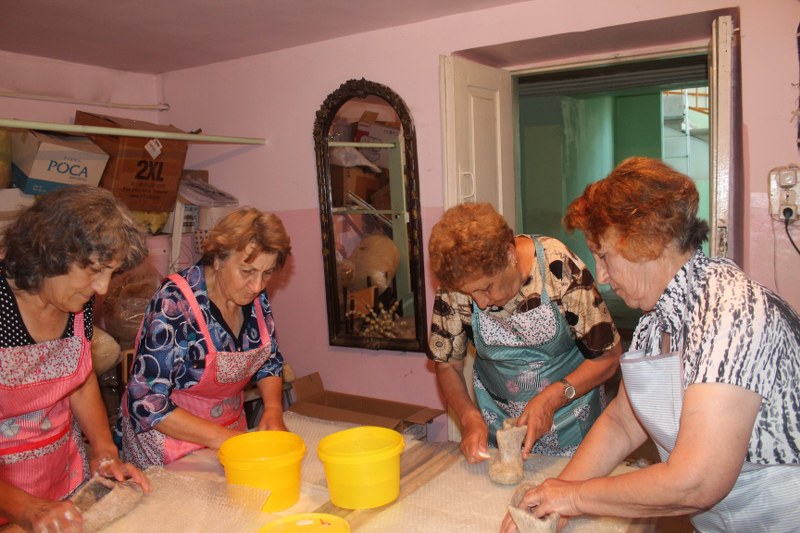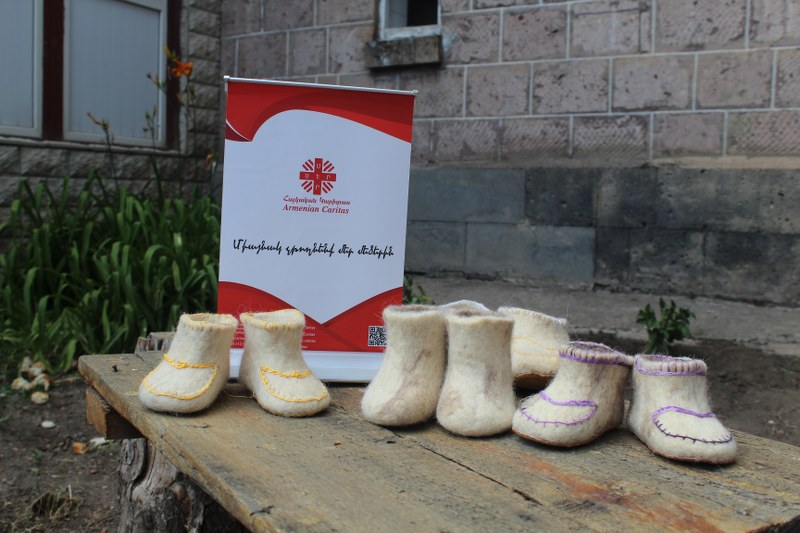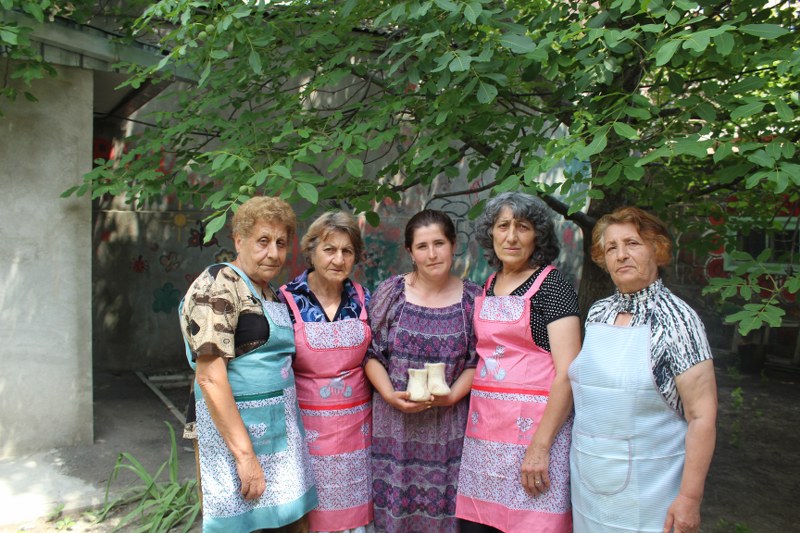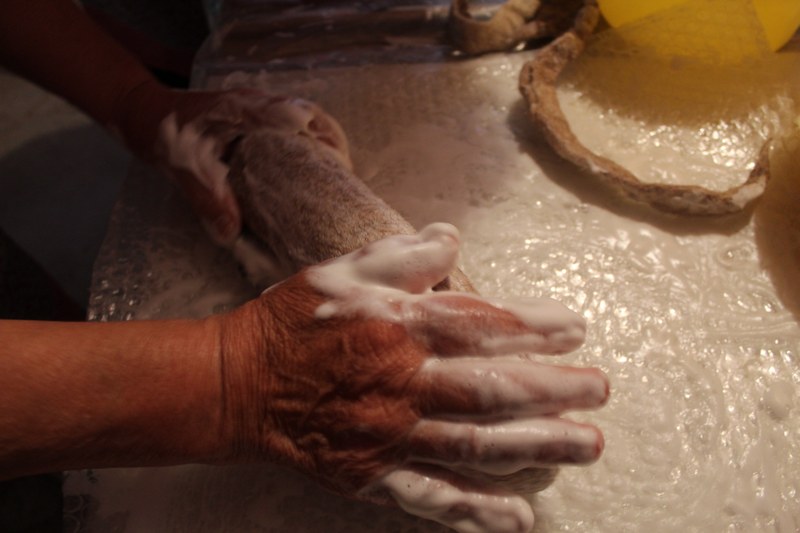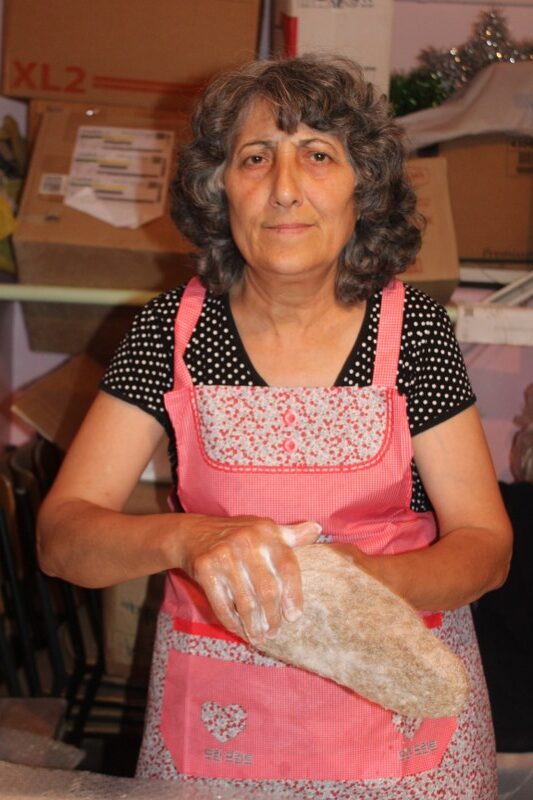According to the tradition, when Noah went down to Ararat, he saw that some fabric had formed on the bottom of the Ark, he touched it, he saw that the wool had been compressed by moisture, a blanket had formed, the first piece. This is a testimony that connects the formation of the district with the Armenian Highlands. In the past, only men were engaged in carpet weaving in Armenia․ To be sloppy or sloppy, you needed strength to bury the wool. The torn wool was spread evenly on the floor, and the log was rolled over until it was completely buried. The beetles of Bitlis were especially famous.
At the same time, men “fell behind” in this craft, giving way to women. The rugs, ornaments, and blankets found in different parts of Armenia are a testament to the fact that this craft was very popular in Armenia. Unfortunately, this craft is on the verge of extinction today To preserve the craft, Valeria Melkonyan decided to transfer her knowledge voluntarily to those who wish to “make wool by themselves.” Beneficiaries of “Armenian Caritas” Gyumri Day Care Center for the Elderly Aida Martirosyan (80 years old), Sandukht Amirkhanyan (75 years old), Tamara Karapetyan (71 years old) and Anahit Petrosyan (65 years old) immediately occupied the district․ “If I had been told a few years ago that I would get a new profession at the age of 80, I would have laughed, but now I am already making slippers. I look forward to seeing our master again”, says Ms. Aida.
Rugs are not expensive, in many cases even more affordable than artificial ones, but handmade slippers are more expensive, women say. The province of Shirak was famous for its masterpieces. Even today, in some rural communities of the region or the cellars of old houses in Gyumri, it is possible to find sanders or carpets, but there are only one or two carpenter masters. With dedication and great desire, it is possible to preserve what you have by developing it. Women hope that with their joint efforts, carpet weaving will become widespread in Armenia soon.

